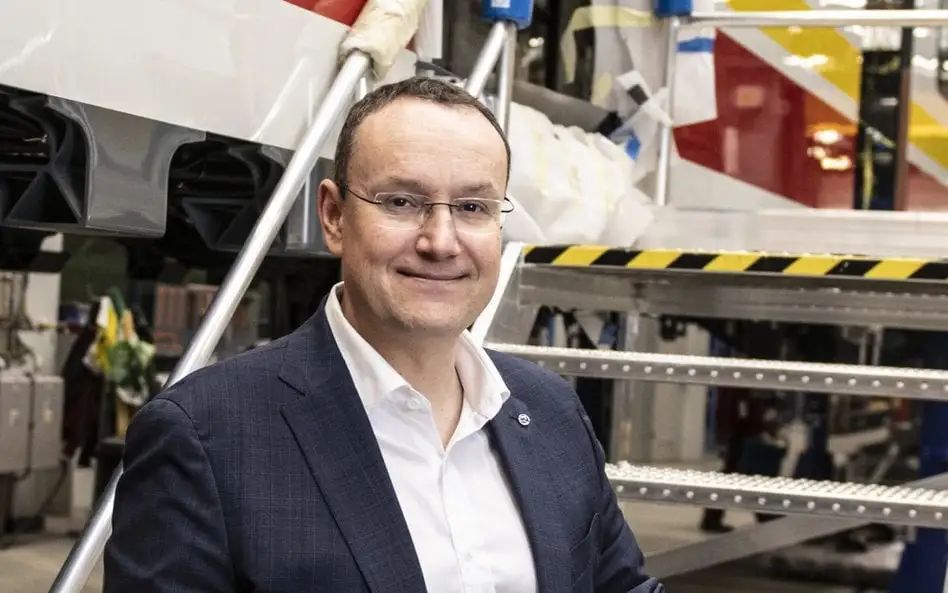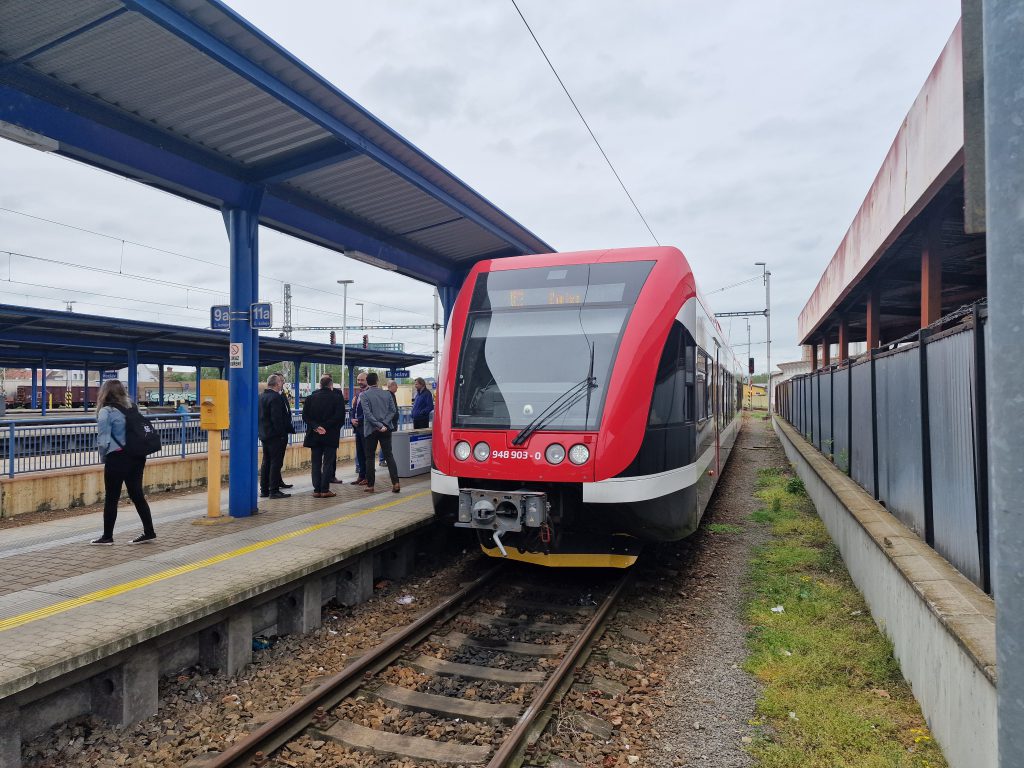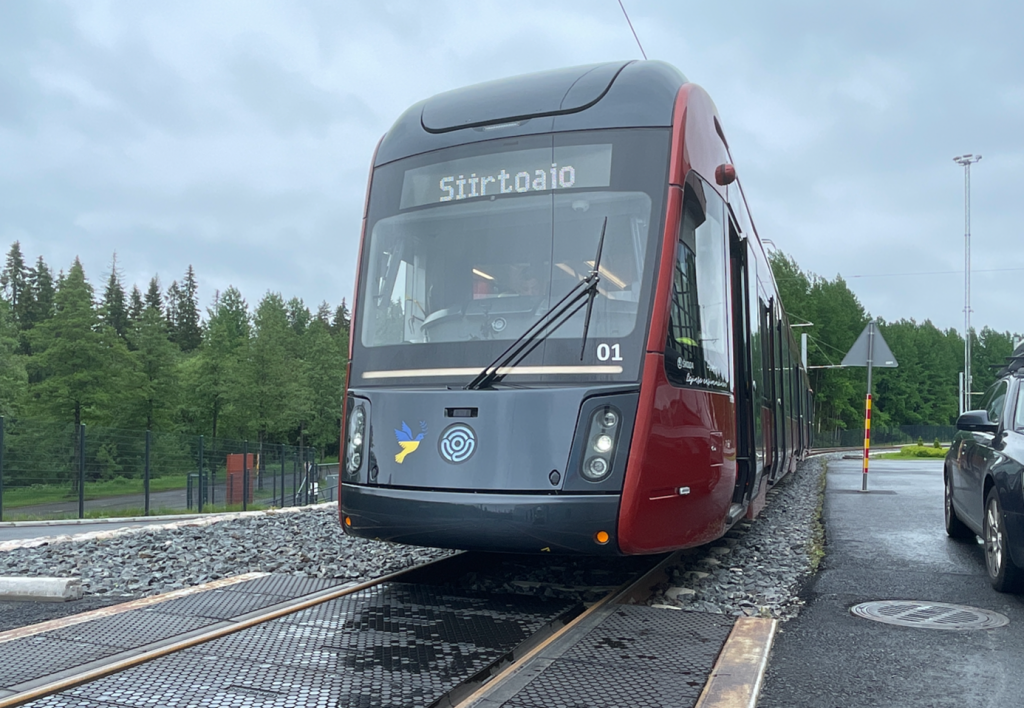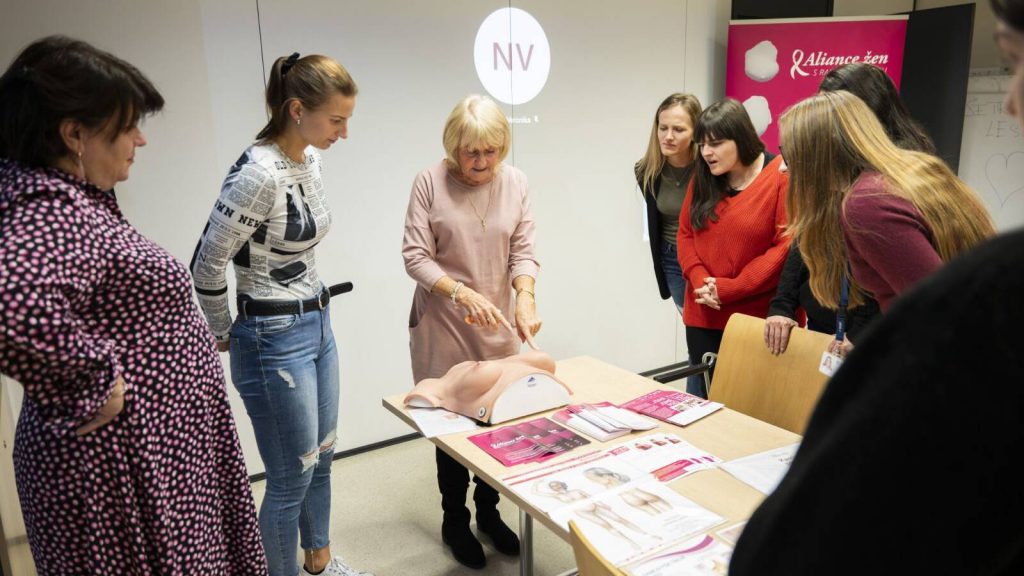Contact for media
14. 11. 2025
Petr Novotný: The European rail vehicle manufacturing market needs consolidation

We bring you an interview with our CEO, Petr Novotný, who gave an exclusive interview to the renowned Polish daily Rzeczpospolita. In it, he shares his views on the future of rail vehicle production in Europe and explains why he considers closer cooperation among European manufacturers essential. The conversation also touches on Škoda Group’s plans for developing new technologies and many other interesting topics.
China poses a serious threat to EU industry – not only to the railway or automotive sectors but to the entire economy. The Chinese industrial sector is a very tough competitor that has been investing in technology jointly with the government for thirty years. These are not only direct investments but also subsidies, loans, and market support measures that increase orders and extend production runs. Beijing’s restrictions on raw material exports also favor domestic manufacturers. The Consolidation of Europe’s Industrial Potential Is Essential We have 450 million citizens in the EU and 750 million across Europe. That’s a sufficiently large market – provided we remove barriers and create consortia to develop products that are competitive both within the EU and abroad.
WILL CHINESE ROLLING STOCK MANUFACTURERS ENTER EUROPE ON THE SAME SCALE AS CAR MAKERS?
Chinese rolling stock producers are very active and closely monitor the development of European and American technologies, which once were far ahead—but that is no longer the case. We must not only react to their actions but also actively protect the European market in order to expand the reach of our own industrial growth.
WHAT DO YOU MEAN BY “CONSORTIA”?
It does not mean acquisitions. What I mean is cooperation with today’s competitors- especially in research and development, manufacturing, and supply chains – to reduce costs and remain competitive. This would allow us to scale up production, much like the automotive industry did by developing modular vehicles. Railway rolling stock manufacturers should act similarly, using modular platforms and cooperation in R&D, while still competing in the marketplace under different brands. That way, no one would be reinventing the wheel.
DO YOU BELIEVE, FOR EXAMPLE, THAT THE GERMANS WOULD LET THE FRENCH TAKE CONTROL OVER KEY COMPONENTS OF THEIR TRAINS?
I believe that a certain degree of national pride among rolling stock manufacturers isn’t a bad thing. If centers of excellence in individual countries produce components from which manufacturers can build their own platforms and sell them independently, we will achieve the necessary economies of scale. There is also the potential to create a European champion.
SO FAR, POLITICIANS HAVEN’T WANTED TO HEAR ABOUT ANY “CHAMPION.”
Politicians are willing to listen to industry. I’ve been to Brussels twice during discussions on the Global Gateway initiative, which supports the export of European industrial products. This is one way to promote European exporters. The European Commission is open to hearing from business leaders, and this isn’t only about relaxing antitrust regulations. I would note that some policies of recent decades – such as the Green Deal – should be reviewed, because they negatively impact our competitiveness. They should either be amended or their implementation postponed. Škoda is a green company: we offer only electric or battery-powered trains, but we must also consider what is realistically achievable. Such a pragmatic approach could help rebuild European industry.
IN THE PAST YEAR MANY COMPANIES HAVE GONE BANKRUPT, AND EVEN MORE ARE UP FOR SALE. ISN’T IT TOO LATE TO CHANGE COURSE?
Crises in Europe have often brought visionary leaders to power and opened the door to new technologies, so it is not too late. I sense that Brussels’ attitude is changing, and there is goodwill – including financial support – for the machinery and engineering industries. We can compete with China, and national banks are eager to support our exports. Moreover, we have an attractive product portfolio.
HOW DOES COMPETITION WITH CHINESE MANUFACTURERS LOOK IN CENTRAL ASIA?
We are active in Central Asia and the former Soviet republics, where we encounter Chinese competitors. However, we have strong advantages: we’ve been supplying broad-gauge trains for years and are active in the Baltic states and Finland (where we also have production). We understand these markets and offer proven products. We can also provide ETCS systems, and in combination with broad-gauge trains, this creates a compelling product that allows us to compete effectively with Chinese manufacturers – who still lack such an offering. In addition, European suppliers take a different approach: we deliver not just rolling stock but also after-sales support and full-service packages to ensure high fleet availability. We work in partnership with our clients, aiming to leave value in the countries to which we export. Thanks to vertical integration, we can transfer competencies for component production to the buyer’s country.
ŠKODA IS SAID TO BE ONE OF THE MOST VERTICALLY INTEGRATED MANUFACTURERS IN EUROPE.
Indeed. We produce our own drives, motors, and ETCS systems, but we also cooperate with other suppliers—for example, we used Polish-made drives from Medcom in Warsaw metro cars. This was both a challenge and an opportunity for Medcom’s growth. Similarly, we collaborate with Solaris: although we have our own traction systems, such cooperation fosters technical progress, as new suppliers push our engineers to explore fresh solutions.
AT WHAT STAGE IS THE DEVELOPMENT OF YOUR OWN ETCS SYSTEM?
For the past month and a half, we’ve held Belgian certification for our onboard ETCS system, developed by our Belgian subsidiary, the Signalling Company. This gives us a competitive edge, allowing us – like Alstom or CAF – to offer our own product. We are now working toward certification in other countries.
COMING BACK TO THE GREEN DEAL: WHAT PROPULSION SYSTEMS DOES ŠKODA PREFER BESIDES ELECTRIC ONES?
Every country has a different level of railway electrification – for example, only 35% of lines in the Czech Republic are electrified – so there will always be a need for non-electric propulsion. There are several possible solutions, and we focus on battery-powered trains. They offer a range of 100–120 km and can recharge quickly. Demand for them extends beyond the Czech Republic. However, they still require substantial infrastructure investment, and charging stations can’t always be built. That’s why we’ve introduced an intermediate solution this year: hybrid trains. They carry batteries charged via a pantograph or a generator powered by diesel or hydrogen fuel cells. This could be an attractive short- to mid-term option.
WHO WILL SUPPLY THE BATTERIES FOR THESE TRAINS?
We’ve recently signed an agreement with Microvast, but we need multiple suppliers – which is not easy. In the future we plan to use Japanese, Korean, Chinese, and, if possible, European cell manufacturers. The more, the better – so that we don’t become dependent on any single supplier.
WHAT IS YOUR VIEW ON HYDROGEN?
We’ve gained experience with hydrogen-powered vehicles through our hydrogen buses. Our calculations show that, for now, it’s not an economical energy source for transport. The price of fuel and refueling infrastructure is high, and system efficiency is low, which makes total purchase and operating costs excessive. Investments in hydrogen trains will become attractive only when the price of hydrogen drops to 3–4 euros per kilogram. Currently it’s 9–10 euros. Therefore, in the next 10–15 years, we’ll rely mainly on electric energy in various hybrid configurations, possibly combined with biofuels.
DOES ŠKODA HAVE THE FUNDS TO GROW AND HAS IT RECOVERED FROM PREVIOUS LOSSES?
Two or three years ago we faced a severe crisis that revealed the company’s weaknesses to the owner. We began working more closely with our clients and applying methods I learned during my long career abroad. Today, Škoda is no longer a burden for its owner – it has expanded both within Europe and beyond. We now supply not only state-owned operators but also commercial clients. For example, we signed a €300 million contract with Arriva for trains capable of 200 km/h, and another nearly €400 million contract with RegioJet for hybrid trains. Working with private, commercial operators is completely different from working with government entities. The politically supported goal is for private operators to hold 30% of the market by 2030, which makes economic sense and benefits customers.
WHAT IS THE VALUE OF ŠKODA’S CURRENT ORDER BOOK?
Our order portfolio is worth €4 billion, and I make sure it doesn’t exceed our production capacity. The ratio of order value to annual production is 1.3–1.5, which reflects our manufacturing capabilities.
DOES THE COMPANY PLAN TO INVEST IN NEW PLANTS?
Our production capacity is 6–7 million man-hours per year, and we’re operating near full capacity. Some departments are more loaded than others, but overall we’re close to our maximum. The owners will need to decide what comes next. We do not rule out opening a new facility, but we’re also exploring acquisitions- especially within Europe. We’re in contact with Talgo, exploring possibilities for forming a consortium or closer cooperation, as we see product and geographic synergies in our respective markets. Partnerships with other players are also possible. For example, we jointly supply trains for Czech Railways with Siemens Mobility, and we’re also interested in cooperation within Central Europe (the V4 countries), which share similar cultures and business practices – making collaboration easier. Poland’s Three Seas Initiative is an important project that I strongly believe in, as it connects the region’s rail networks from the Baltic to Romania and the Czech Republic, fostering infrastructure development and interoperability.
The interview was conducted by Robert Przybylski for Polish daily Rzeczpospolita. The original text can be found here.





